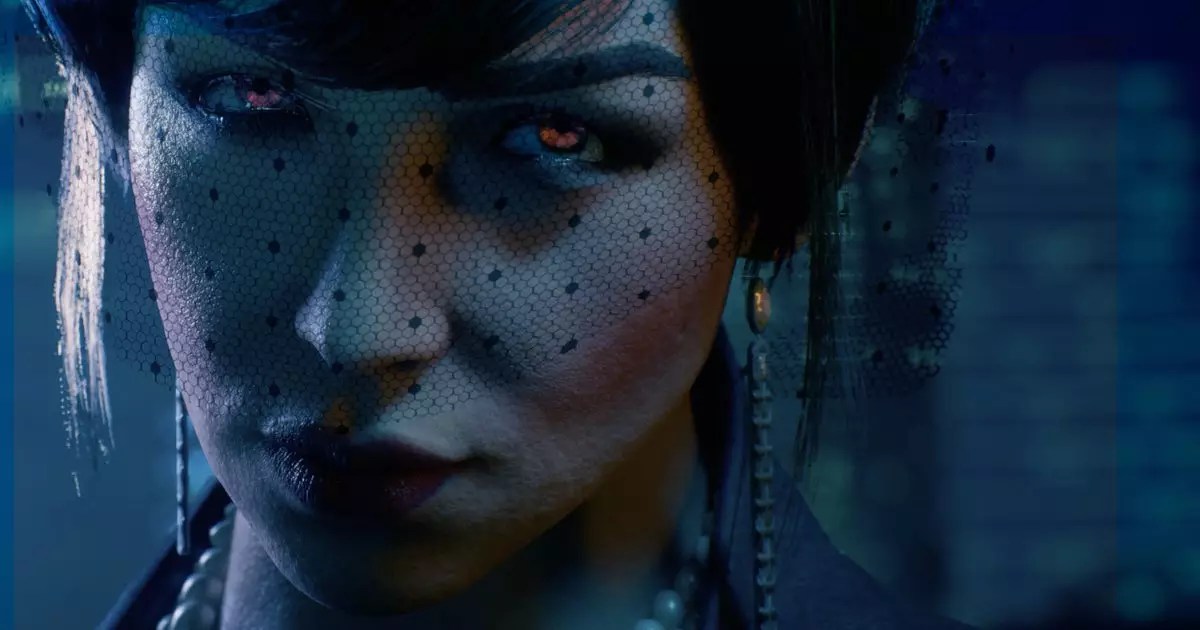The anticipation surrounding “Vampire: The Masquerade – Bloodlines 2” has been palpable since its original announcement. However, recent insights from Paradox Interactive reveal a game that, while promising, diverges significantly from its predecessor. This shift underlines not only a change in development studio but also a fundamental rethinking of the game’s design approach.
Initially, the sequel was entrusted to Hardsuit Labs, known for their engaging storytelling and immersive environments. Unfortunately, throughout its lengthy development cycle, the project faced numerous hiccups, including delays and the controversial dismissal of lead writer Brian Mitsoda. These missteps led to discontent and uncertainty surrounding the project, culminating in a studio switch to The Chinese Room. Recognized for their work on atmospheric, narrative-driven experiences, this decision may hint at a shift in focus—transitioning from a sprawling, open-world experience to a more curated narrative.
Mattias Lilja, Paradox’s deputy CEO, noted, “we agreed on a vision… they had a problem delivering on that.” This statement paints a vivid picture of the internal strife that the game’s creation has endured. Opting for The Chinese Room’s expertise signals a desire to hone in on impactful storytelling rather than sprawling gameplay mechanics. It’s a departure from the 2004 game, which many players fondly remember as an intricately woven tapestry of player choice and consequence.
The decision to redefine “Bloodlines 2” as an action RPG rather than a direct sequel is essential given the evolving landscape of gaming. Lilja emphasizes that the original title has become somewhat mythologized, whose memories overshadow the actual gameplay—a sentiment that resonates with many gamers experiencing nostalgia for games of yore. “There are many things that would not fly today,” Lilja elaborates, revealing an understanding of how the industry has transformed.
What remains under discussion is how closely the sequel will tether itself to the original game’s legacy. While the essence of being in the World of Darkness will persist, Paradox asserts that players shouldn’t expect a nostalgia trip wrapped in the guise of an extensive sandbox. Instead, they’re steering the game toward a more focused narrative experience that might not cater to every fan’s expectations.
In an era where remakes and reboots dominate the conversation in the gaming industry, it’s crucial to approach the past with a critical lens. The original “Bloodlines” was released in 2004, a time when design philosophies and gaming technology were vastly different. Lilja points out that attempts to recreate that experience might lead to frustration rather than fulfillment, as many elements that framed the original may feel outdated or impractical to modern audiences.
This consideration manifests in the developers’ aim to manage expectations surrounding how the sequel will relate to its predecessor’s footprint. The original game’s distinct characteristics are honored, but they’re also reframed to ensure players approach “Bloodlines 2” without taints of nostalgia clouding their judgment.
As Paradox sets the groundwork for “Bloodlines 2,” their cautious optimism is palpable. The company recognizes the heavy expectations borne from its predecessor but appears committed to delivering a title that both respects the past and embraces a fresh identity. “We’ve seen the game now… we’re pretty confident that this is going to work,” Lilja assures players.
However, the journey toward the game’s release has not been without its reflection on prior missteps in game development. Paradox must navigate this minefield to avoid past pitfalls. Investing in a smaller, constrained project scope appears to be a corrective measure aimed at mitigating future risks.
As the debut of “Bloodlines 2” draws near, one can only hope that the recent delays yield a product that captures the allure of the World of Darkness while presenting a fresh perspective that resonates with both old fans and newcomers alike. The torch has been passed, the vision has been redefined, and the stage is set for a new kind of vampire tale that transcends the limitations of nostalgia and delivers a compelling and engaging experience.


Leave a Reply